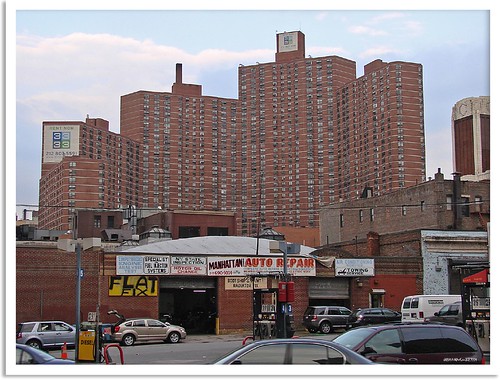A Root of Public Housing Conflicts
Although both of this week’s readings were related to public housing units, I still could not help but link the content of the articles back to race and the white superiority complex. As the stated in “The Harlem River Houses” by Gail Radford, and supported by “The Beginnings of Public Housing in New York” by Peter Marcuse, housing projects built in Harlem were built not out of benevolence or for any type of social or progressive reform. Instead, these housing projects were built as a response to the Harlem riot of 1935, which had broken out partly due to racial tensions and segregated living conditions.
I feel that even with the new housing projects in Harlem, racial inequality never ceased to exist and this was the underlying root of many conflicts associated with public housing. As Radford states in “The Harlem River Houses”, African Americans were already treated unfairly from their white counterparts as tenants, but when the residents of Harlem pushed for more housing, there was hesitation on the part of officials in charge, such as Harold Ickes, because of both financial reasons and the fact that many whites wanted to keep African Americans separated from their own neighborhoods, and sought to only erect new housing units in already African American neighborhoods.
Thus, I personally feel that while public housing was supposed to be a helpful resource to those in need, those who were truly in need (minorities) did not really gain a lot of aid from it. Also, I think that with public housing, more racial issues were sparked and inequality made a bit more prominent.

- Catherine Gu's blog
- Login or register to post comments
